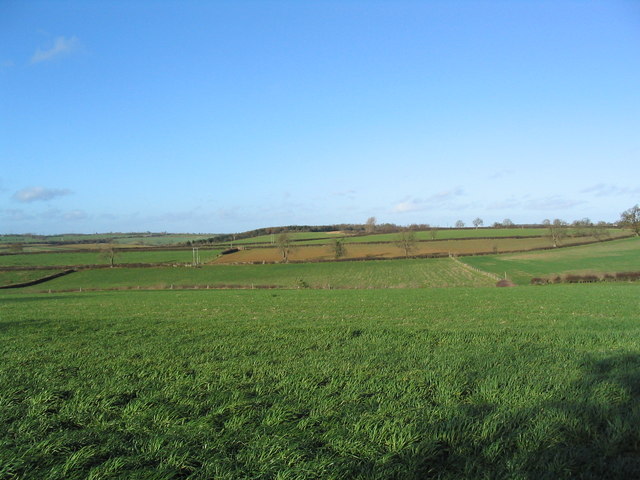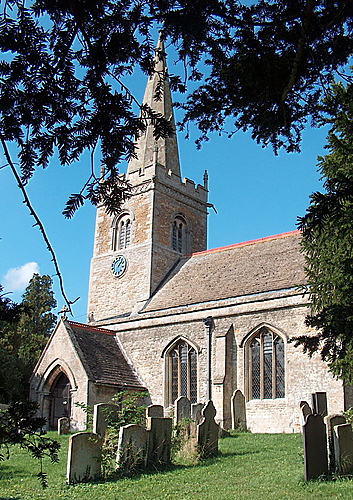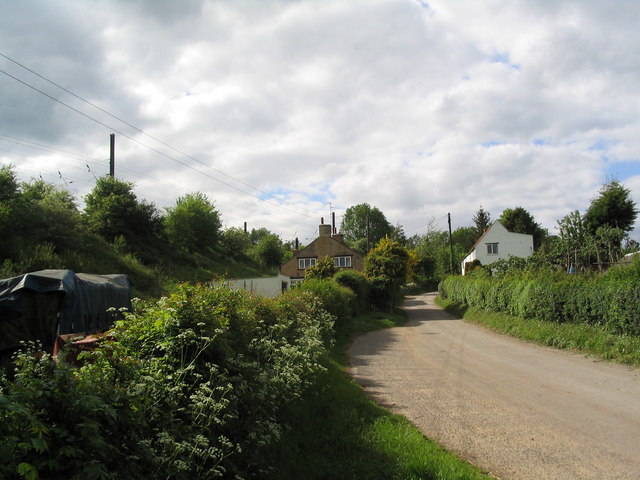Grimsthorpe Park
Downs, Moorland in Lincolnshire South Kesteven
England
Grimsthorpe Park

Grimsthorpe Park is a picturesque estate located in Lincolnshire, England. Sprawling over 3,000 acres, the park encompasses a diverse range of landscapes including downs and moorland, making it an idyllic destination for nature lovers and outdoor enthusiasts.
The downs at Grimsthorpe Park are characterized by gently rolling hills covered in lush grassland. Visitors can enjoy leisurely walks or bike rides along the well-maintained trails, taking in the panoramic views of the surrounding countryside. The downs are also home to a variety of native flora and fauna, providing ample opportunities for wildlife spotting.
The moorland area of Grimsthorpe Park offers a stark contrast to the downs. Here, visitors can explore the rugged terrain, dotted with heather and gorse bushes. The moorland is particularly beautiful during the late summer months when the heather blooms, creating a vibrant purple carpet across the landscape.
Aside from its natural beauty, Grimsthorpe Park is also renowned for its grand country house. The historic Grimsthorpe Castle, dating back to the 16th century, stands at the heart of the estate. Visitors can take guided tours of the castle, exploring its magnificent architecture and learning about its rich history.
In addition to the downs, moorland, and castle, Grimsthorpe Park offers a range of amenities for visitors. There are picnic areas, a tearoom serving delicious homemade treats, and a gift shop where visitors can purchase souvenirs and local crafts.
Overall, Grimsthorpe Park is a captivating destination, offering a mix of natural beauty, historical significance, and recreational opportunities. It is a must-visit for anyone seeking a tranquil retreat in the heart of Lincolnshire.
If you have any feedback on the listing, please let us know in the comments section below.
Grimsthorpe Park Images
Images are sourced within 2km of 52.757566/-0.49267298 or Grid Reference TF0118. Thanks to Geograph Open Source API. All images are credited.





Grimsthorpe Park is located at Grid Ref: TF0118 (Lat: 52.757566, Lng: -0.49267298)
Administrative County: Lincolnshire
District: South Kesteven
Police Authority: Lincolnshire
What 3 Words
///renewals.down.wasp. Near Clipsham, Rutland
Related Wikis
St Medardus and St Gildardus Church, Little Bytham
The church of St Medardus and St Gildardus in Little Bytham, Lincolnshire, England, is a Grade I listed building. It is dedicated to two 6th-century French...
Little Bytham
Little Bytham is a village and civil parish in the South Kesteven district of Lincolnshire, England. The population of the civil parish at the 2011 census...
Counthorpe
Counthorpe is a hamlet in the civil parish of Counthorpe and Creeton in the South Kesteven district of Lincolnshire, England. It adjoins the hamlet of...
Creeton
Creeton is a village in the civil parish of Counthorpe and Creeton in the South Kesteven district of Lincolnshire, England. It is situated 3 miles (5 km...
Nearby Amenities
Located within 500m of 52.757566,-0.49267298Have you been to Grimsthorpe Park?
Leave your review of Grimsthorpe Park below (or comments, questions and feedback).













